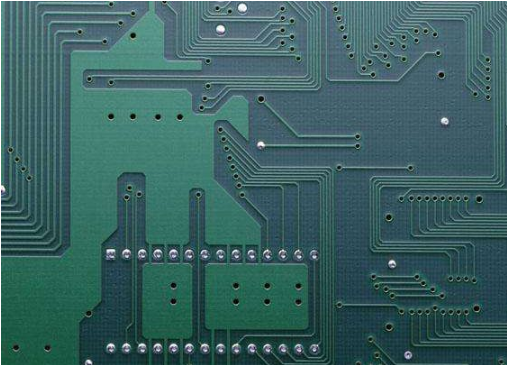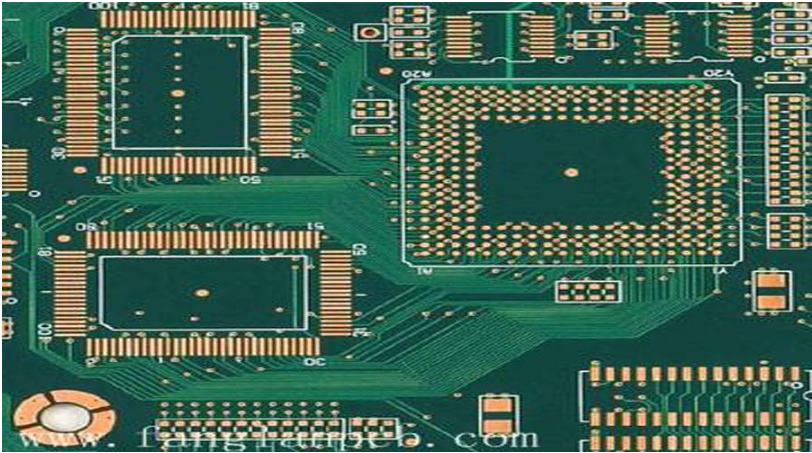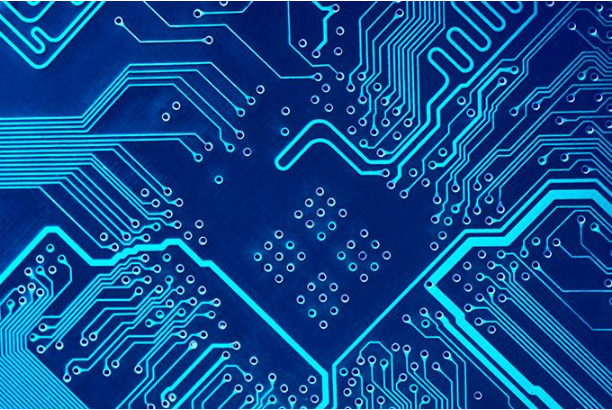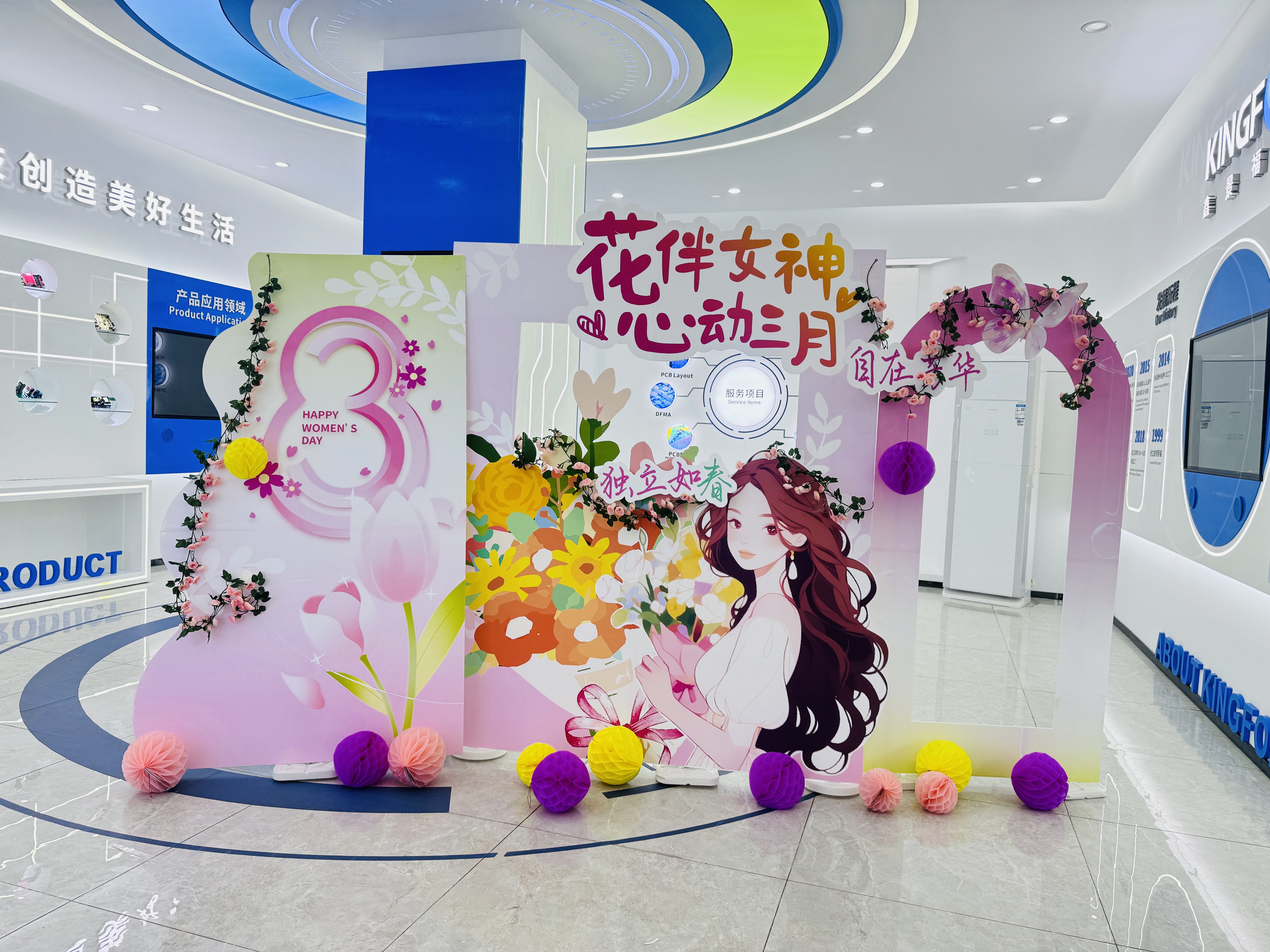
1. The reinforcement on FPC is generally provided with a layer of thermosetting adhesive. The thermosetting adhesive is solid at normal temperature and has no viscosity. However, when the temperature rises to a certain extent, it will change into a sEMI curing state with strong viscosity, and will stICk to the thermosetting adhesive at this time (the general practice is to align the reinforcement with the bonding position, and then use an electric iron to scald for 1~2s for single point positioning. After that, hot pressing, that is, high temperature and high pressure, will allow the whole adhesive to flow and bond completely, and it is basically difficult to separate at this time). After baking, the adhesive is further cured.
2. Generally, this process will be MARKed on the flow sheet to fit the stiffening plate, and FPC drawings will be issued at the fitting and strengthening station. The drawings include FPC appearance, reinforcement appearance, and the fitting positions of the two.
Manual patching or auxiliary patching with fixture
Stiffening plate

FPC is light, thin and short, so it is also the best choice for most intelligent PCB electronic products. FPC is also easy to have operations such as folding, bruise, etc. in the use process, with low mechanical strength and easy to crack. Therefore, the purpose of sticking reinforcing materials is to strengthen the mechanical strength of FPC flexible circuit boards and facilitate the surface mounting of PCB parts. There are many types of reinforcing films used for Flexible circuit boards, which are mainly PET, PI, back glue, metal or resin reinforcing plates, depending on the different requirements of products.
1、 FPC flexible circuit board reinforcement main flow
PCB production process flow: blanking (copper foil protective film reinforcement PSA) → drilling (copper foil protective film reinforcement PSA) → Black hole or PTH → Dry film pasting → Film alignment → Exposure → Development → Copper electroplating → Dry film removal → Chemical cleaning → Dry film pasting → Film alignment → Exposure → Development → Etching → Dry film removal → Brushing → Paste/lower protective film → Lamination → Reinforcement → Lamination → Hole punching → Text printing → Baking → Surface treatment → PSA pasting → Segmentation → Lead punching → Electrical inspection → Shape stamping → FQC (full inspection) → OQC → Packaging → Shipping
2、 Reinforcing and fitting
1. Hot pressing reinforcement: at a certain temperature, the heat hardening adhesive of the reinforcement film begins to melt, making the reinforcement film stick to the products, so that the reinforcement is positioned.
2. Pressure sensitive reinforcement: the reinforcement can be adhered to the products without heating.
3、 Reinforcement pressing
1. Hot pressing reinforcement: melt the heat hardening adhesive of the reinforcement film at high temperature, and use appropriate pressure or vacuum to make the reinforcement film closely fit on the FPC.
2. Pressure sensitivity reinforcement of flexible circuit board: no heating is required, and products are pressed by cold press
4、 Ripening
For hot pressing reinforcement: the pressure during pressing is SMAll and the time is short. The reinforced thermosetting adhesive is not fully aged. It needs to be baked at high temperature for a long time to fully age the adhesive and increase the adhesion between the reinforcement and the product.
留下您的评论
您的电子邮件地址不会被泄露。
然后
联系
电话热线
13410863085Q Q

微信

- 邮箱









